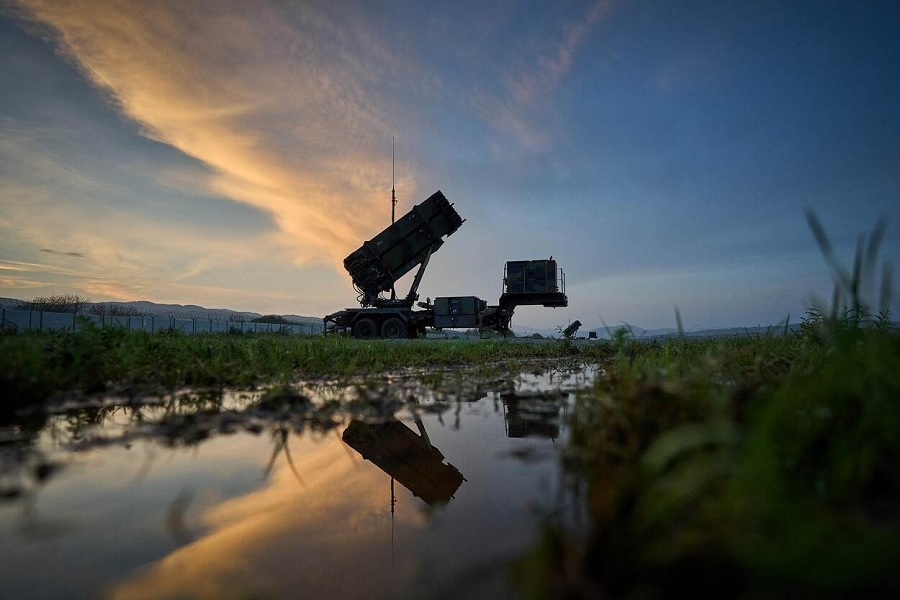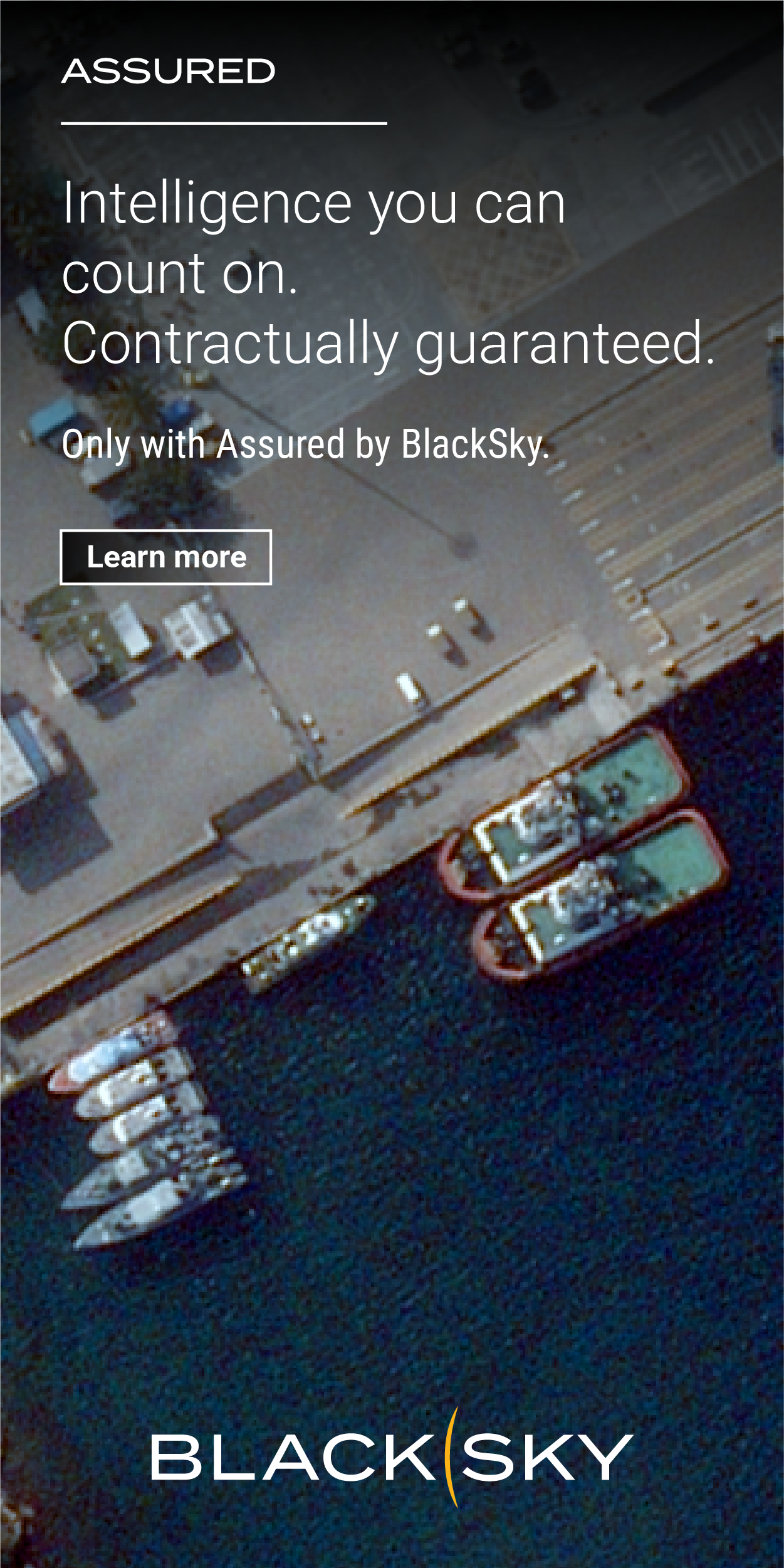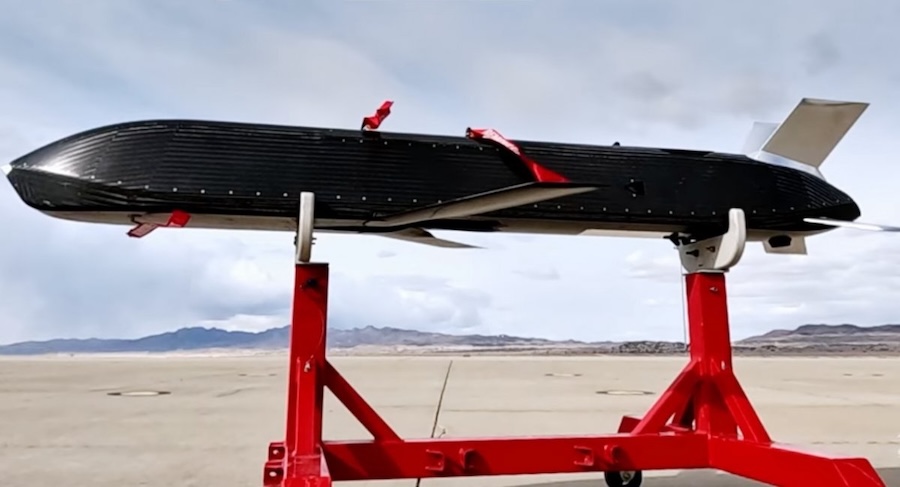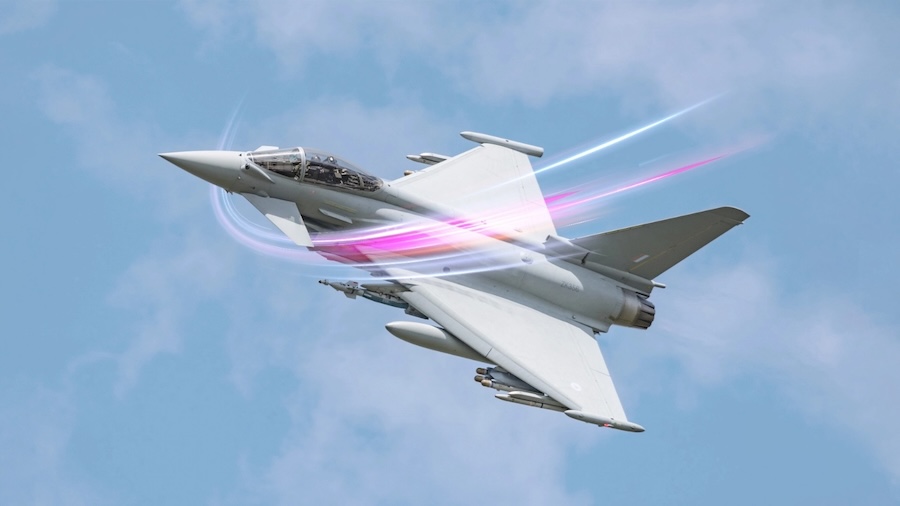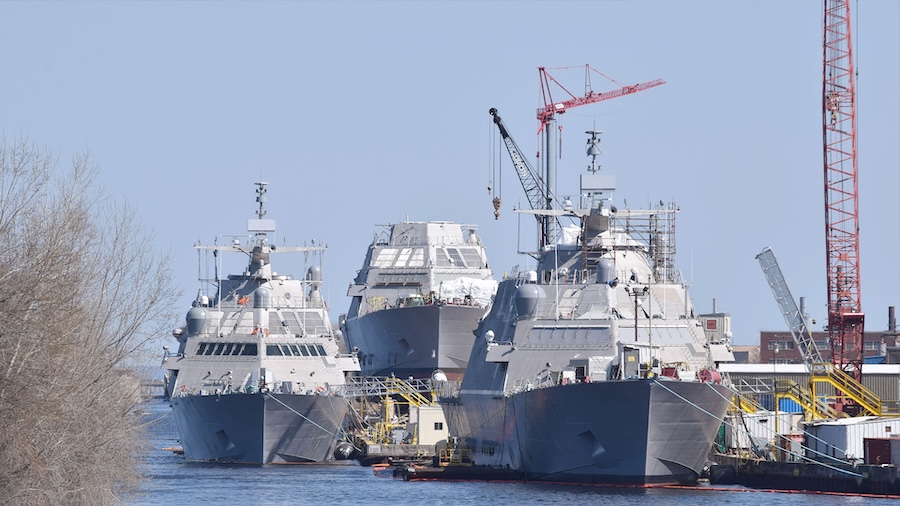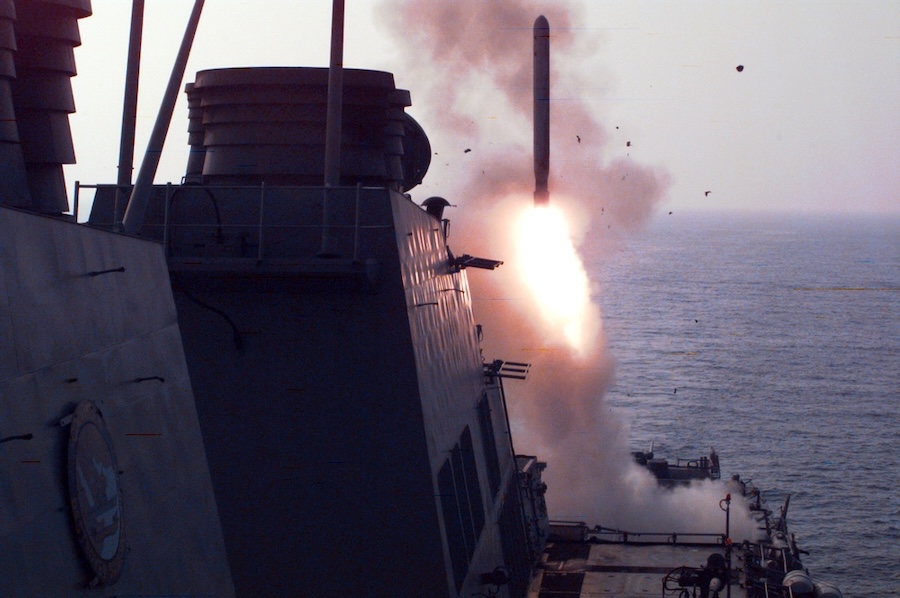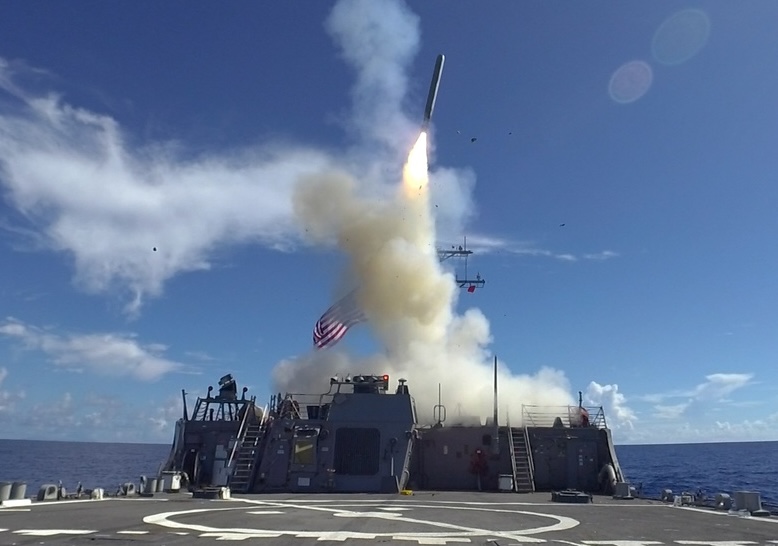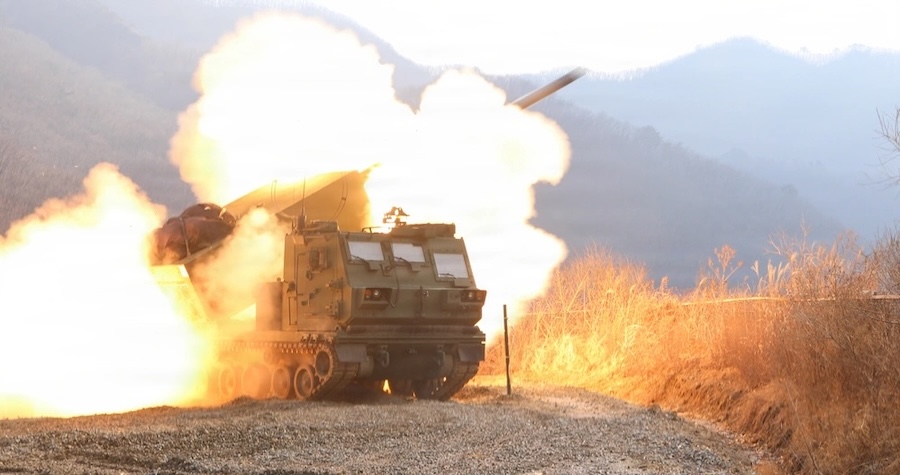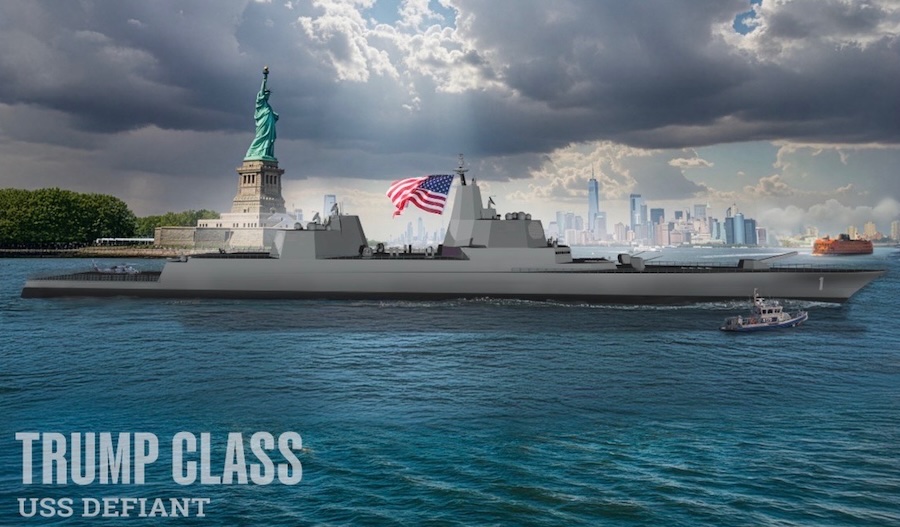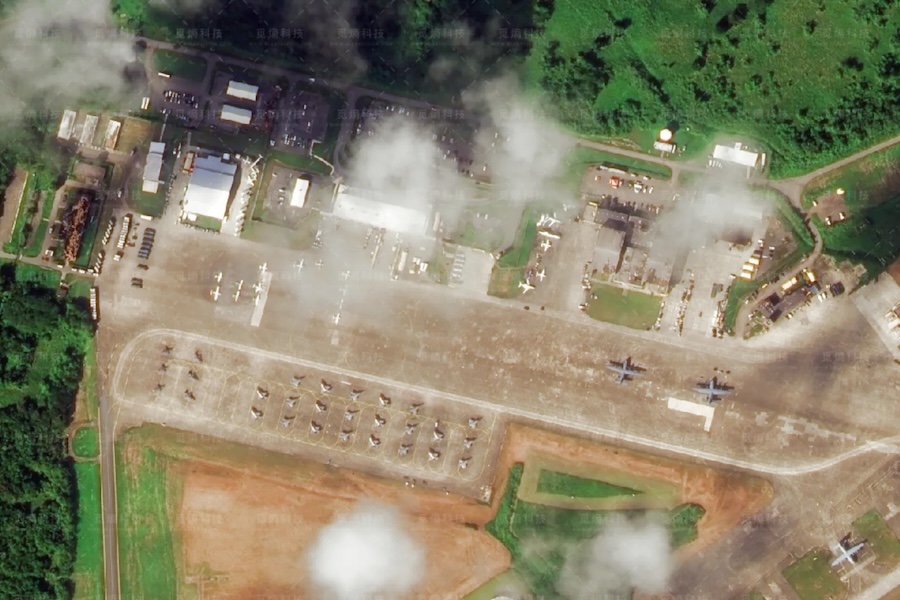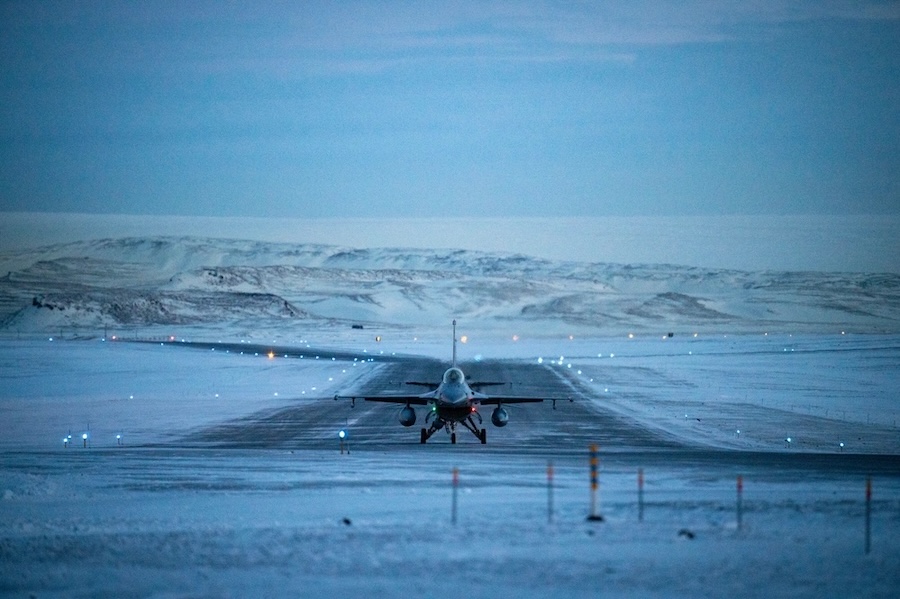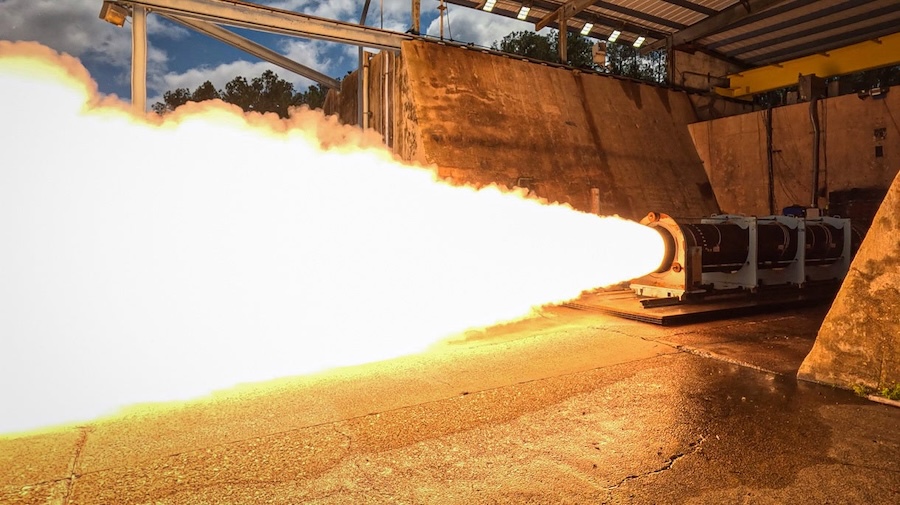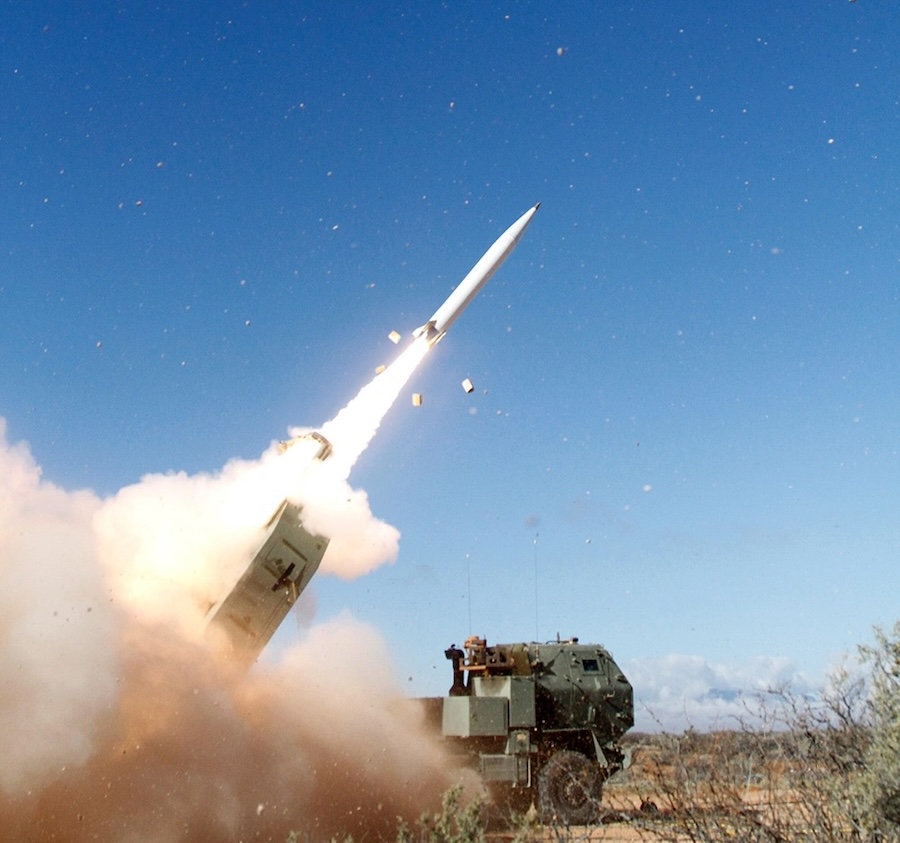Lucas reports that Russia is now manufacturing between 840 and 1,020 short‑ and medium‑range missiles annually, far surpassing European defensive capabilities. European NATO countries rely heavily on the American Patriot and Franco‑Italian SAMP/T missile‑interceptor systems. However, these interceptors cost between US $2 million and $4 million each—up to ten times more than the missiles they are meant to neutralise—and Europe simply does not produce enough to meet current threats.
Production projections indicate that by 2027, combined interceptor output across the US, Japan, and Germany may increase from 850 to 1,130 units, rising further to 1,470 by 2029. But with demands spread globally, European nations may receive as little as half of that number. Compounding the issue, real-world experience in Ukraine shows it can take two or three interceptors to down a single incoming missile.
Even the SAMP/T system’s interceptors, known as Aster 30, will see modest increases—230 to 270 units next year—but have reportedly underperformed in Ukraine compared to the Patriot system. Meanwhile, Russia is boosting mass drone production that may overwhelm slower defence systems, raising further concern.
Lucas warns that Europe’s current air‑defence efforts may suffice only to counter Russia’s production from before February 2022. Given the recent surge, Europe faces a “missile gap” so severe that an estimated two‑thirds of Russian missiles could reach their destinations unchallenged. He suggests that governments may be forced to prioritise defence of critical infrastructure—military bases, ports, and power stations—over civilian areas, a politically sensitive and potentially divisive choice.
Fabian Hoffmann, a Fellow at CEPA, emphasises that Europe’s predicament could only be redressed by expanding mass‑produced low‑cost systems—perhaps including lasers—or by dramatically boosting interceptor production. Lucas also observes that this imbalance may necessitate a shift in deterrence strategy: rather than relying on active defence, NATO may need to focus on counter‑strike capabilities to impose costs on aggressors.
This article offers a detailed, data-driven examination of Europe’s missile defence shortcomings and the tough policy trade-offs required to address them. For more analysis, see Edward Lucas, “Dimmed: The Rockets’ Red Glare”, published by CEPA.




